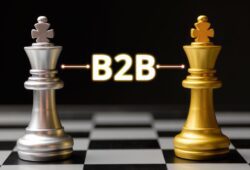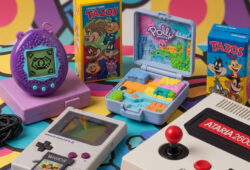At some time or another, we’ve all felt fear. Even if it lasted a few minutes or seconds, it probably felt longer. Fear has been described as an internal trigger, a powerful motivator, and a response in the presence of danger or a threat.
It is an emotion frequently used by advertisers to encourage action. In many cases, that action involves a purchase stimulated by a story in which fear takes center stage.
Advertising —like many other professions, tools, and technologies— can shift behavior in a positive or negative direction; for example, reminding people not to text and drive or, quite oppositely, incentivizing the consumption of a product that is harmful to people’s health.
Ads that appeal to fear are designed with a storyline that generates friction and then releases tension through a solution. Initially, the plot might make no sense; nonetheless, these avidly crafted stories have the potential to activate specific areas of the brain, thus becoming memorable. Further, their multisensorial quality —the copy, sound, visual pallet, and so on— combined with our context and past experiences can make a campaign deeply resonate with us.
When brands show us something that speaks directly to our fears, they gain our attention and interest in a solution. We are more convinced that we need that solution, be it a product or service, because even if the situation has never happened and may never occur, we want to avoid it; to elude anxiety.
It may be something as simple as a pop-socket for those who constantly drop their phone, bubblegum so you don’t push people away, a magic supplement, or a multivitamin to keep you healthy. Then again, it may be insurance for your family or a car with the most advanced safety system.
How does fear work?
When the amygdala, the control center of fear, perceives danger, we feel fear, which evokes a psychological, biochemical, and emotional response. Psychologically, people can feel overwhelmed or out of control, even if the apparent presence of danger is imagined. Physiological changes include sweating, increased heart rate, blood pressure, and the release of adrenaline. Fear isn’t always a negative emotion; in some cases, it can be positive, like for adrenaline seekers or for protecting us.
We can all recall a campaign or situation that evoked fear, making us act or stopping us from doing anything. Movistars widely spread and viewed campaign Love Story is a great example of how fear or anxiety raises awareness about an issue. It is not centered around a product but rather on making a positive contribution, connecting with the audience, and generating WOM (Word of Mouth) because of how good and resounding the message is. Concluding, more brands should create campaigns that strengthen their identity, address an important theme, and tell a relevant story.
Movistars’ campaign Love Story by Y&R: https://www.youtube.com/watch?v=A5yWRaewRXQ









